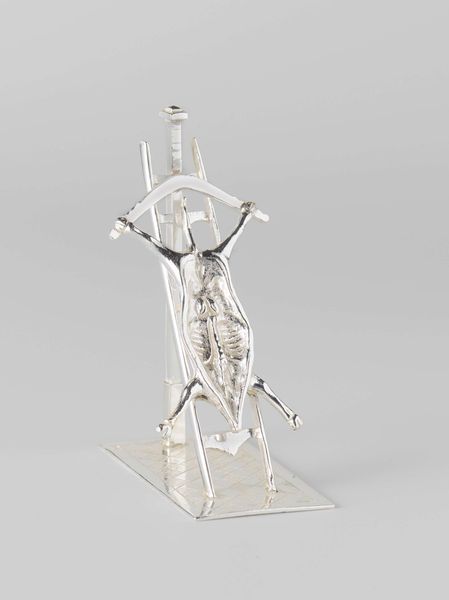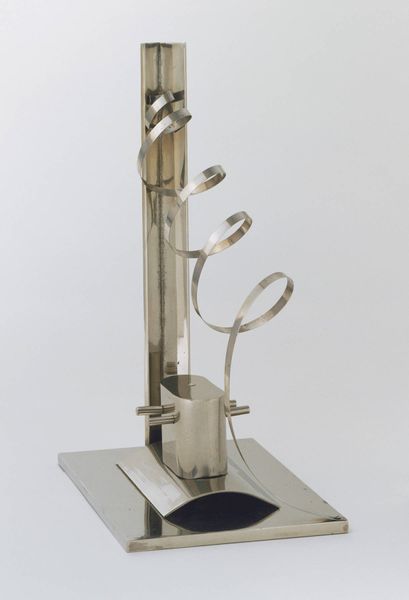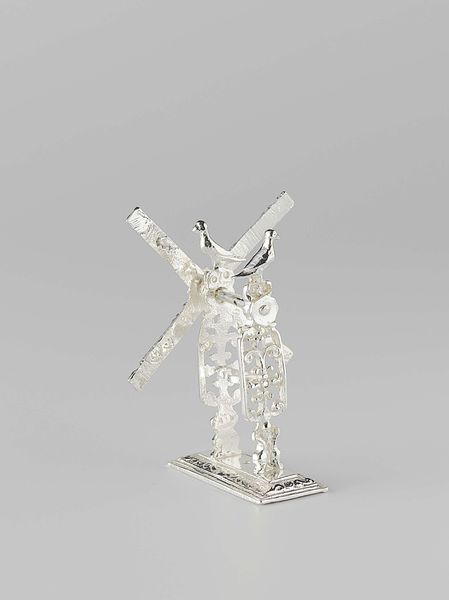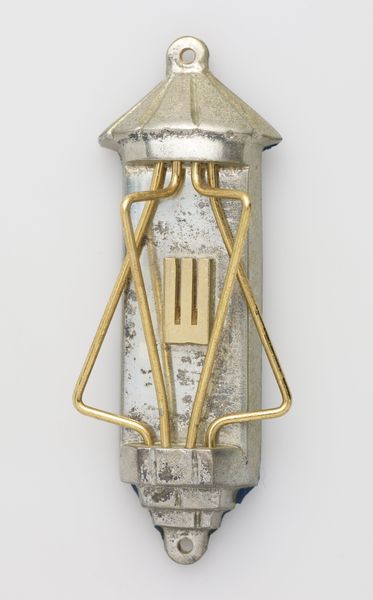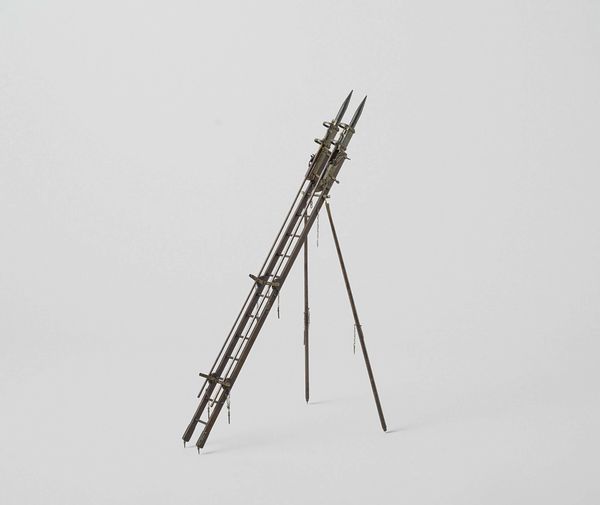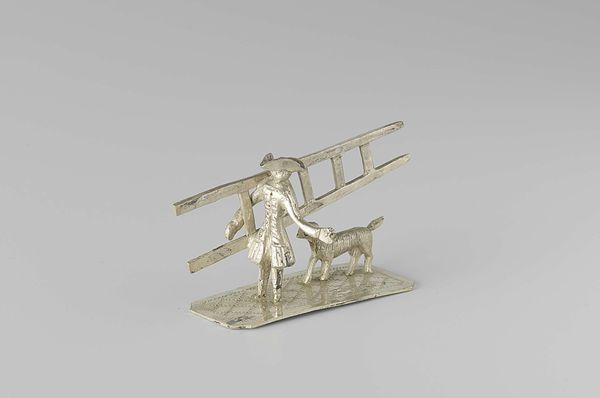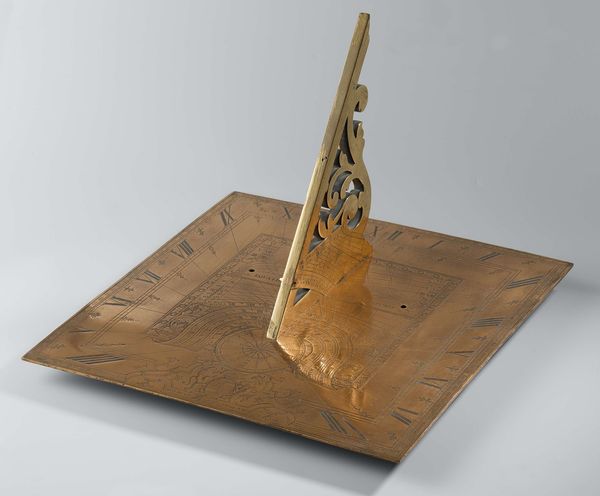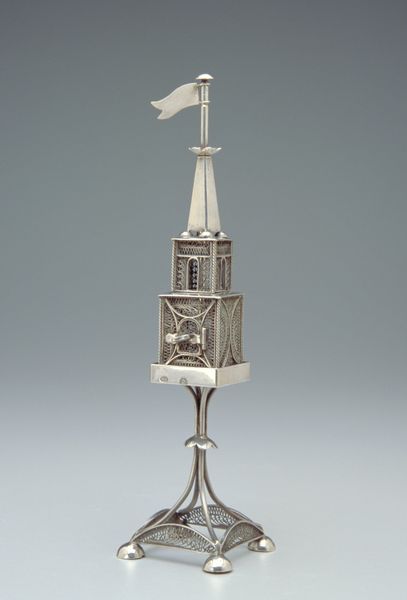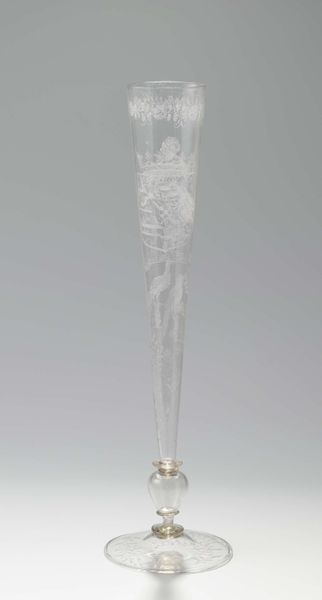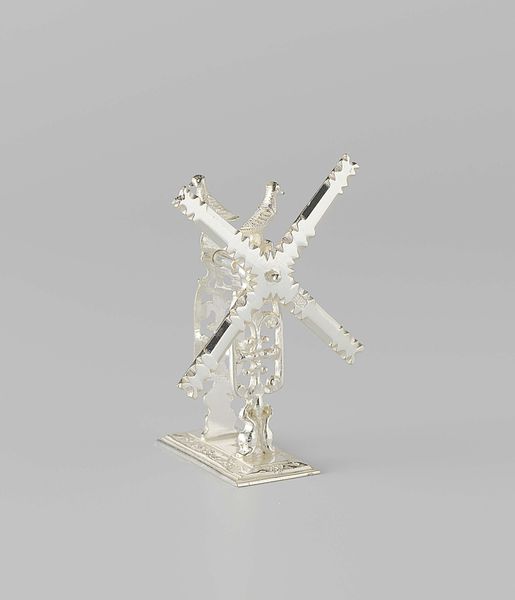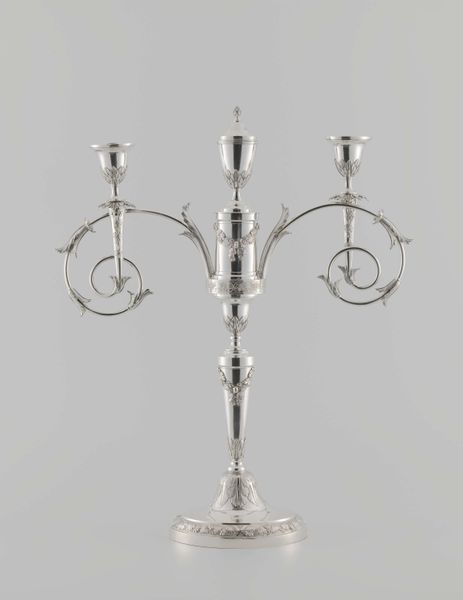
Dimensions: height 8.4 cm, width 5.9 cm, depth 3 cm, weight 49.19 gr
Copyright: Rijks Museum: Open Domain
This is Arnoldus van Geffen's silver sculpture depicting a butchered pig, created sometime in the 18th century. This piece is a window into the complex relationship between humans and animals, deeply embedded in the social fabric of the 1700s. The pig, once a symbol of rural life, becomes an object of human dominance through the process of slaughter and display. This act mirrors the power structures of the time, where class and status were often maintained through the control and consumption of resources. Consider how gender dynamics play into this scene as well. In many societies, the butchering of animals is a traditionally male domain, reinforcing patriarchal roles related to labor and food procurement. Van Geffen's sculpture is not just about death; it's about how death, labor, and societal norms are intertwined. The emotional weight of this small silver sculpture reflects the tension between the necessity and brutality inherent in our relationship with the natural world.
Comments
No comments
Be the first to comment and join the conversation on the ultimate creative platform.
